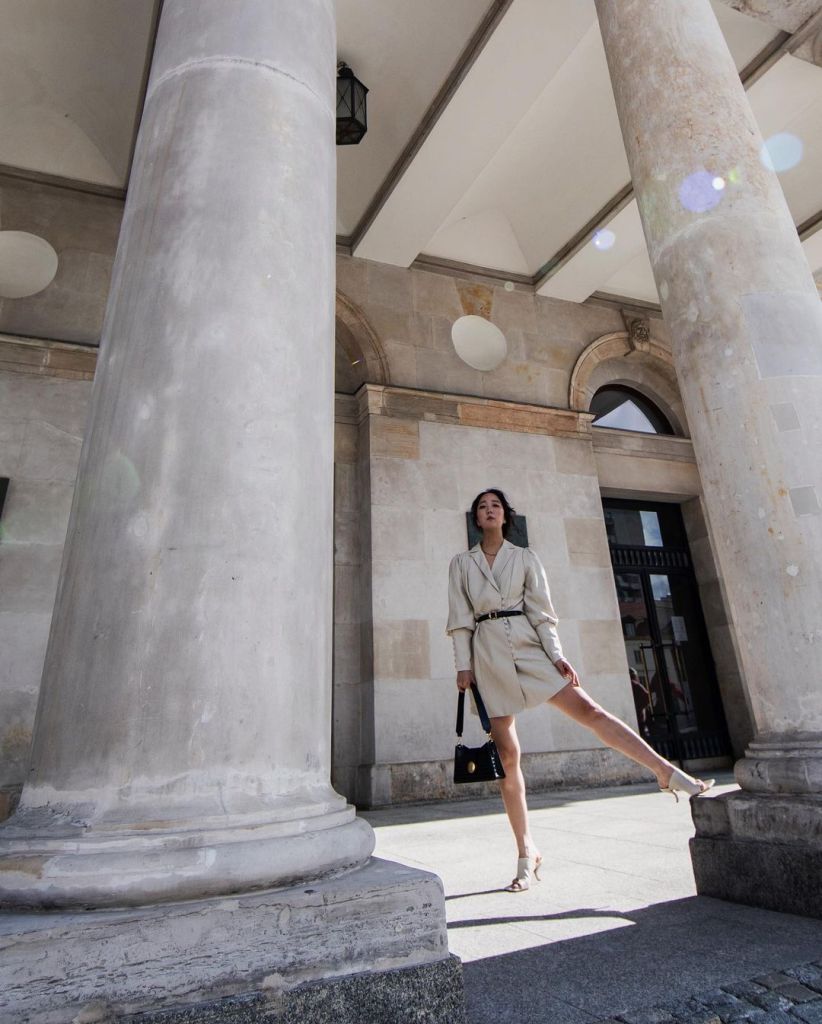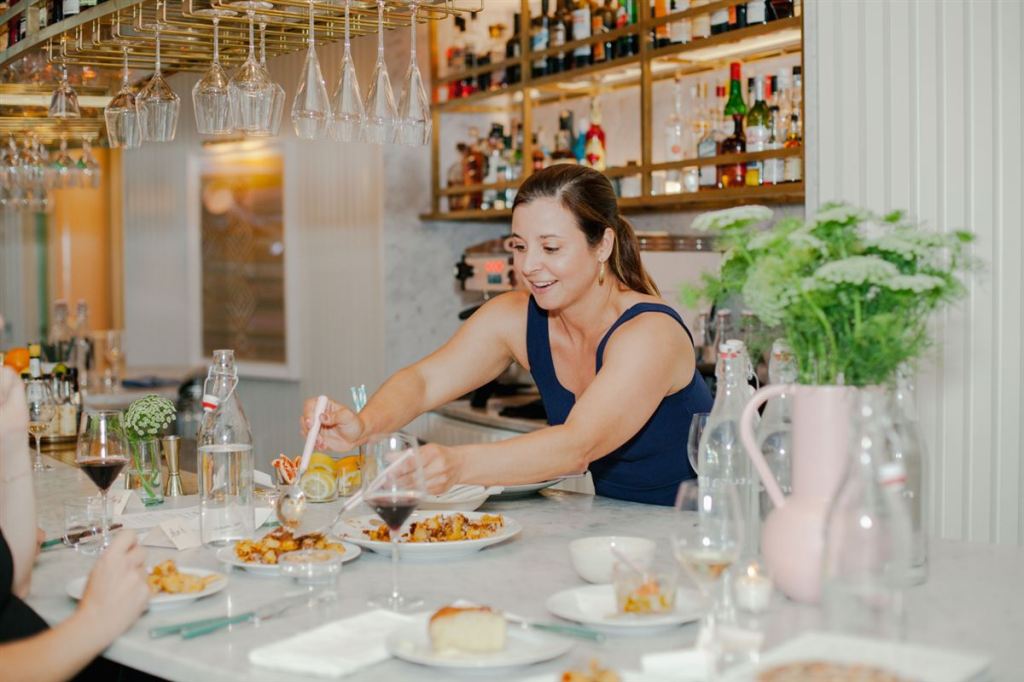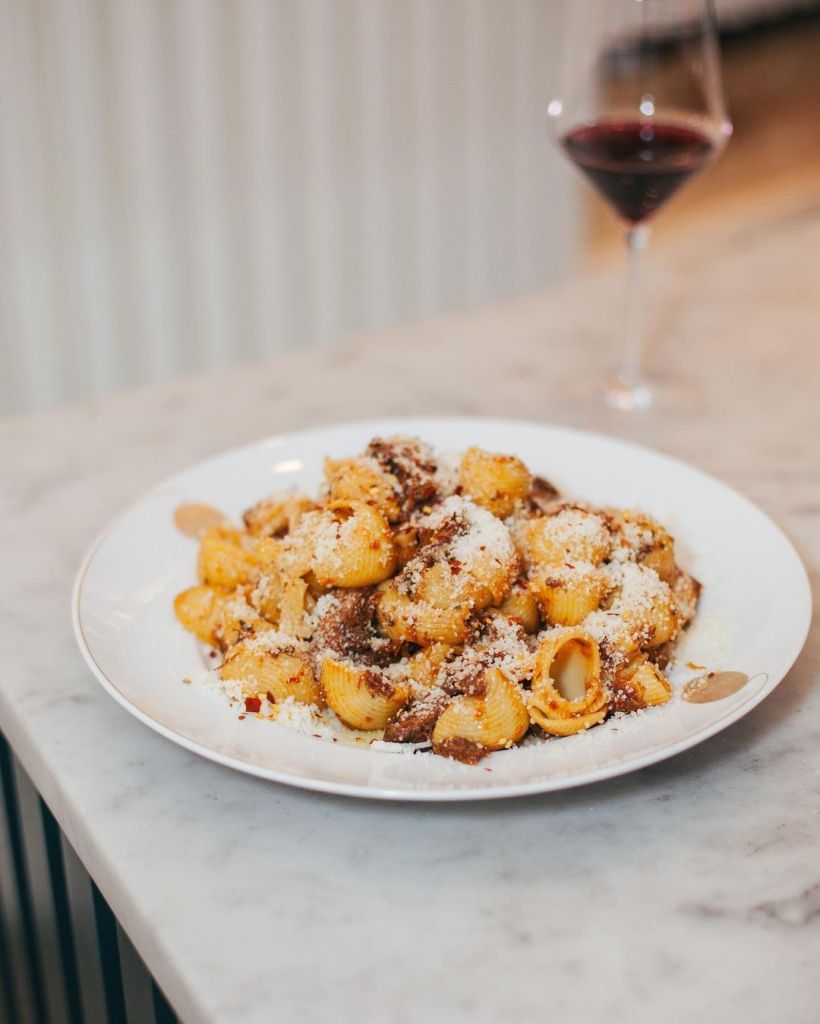Shini Park is the force behind multi-disciplinary creative agency Cube Collective and the editor-in-chief of Cubicle. Having lived in Copenhagen, her visual collection on Instagram is a journey through the architectural compositions and the sleek chic style of the city’s aesthetics. In this interview, Shini gives her creative perspective on Copenhagen – her restaurant picks, the unmissable design festival and how to explore the design city.
Photo: Shini Park
What is the one local dish you feel travellers can’t leave Copenhagen without trying?
Smørrebrød is the classic Danish dish that every traveller must experience in Copenhagen.
What about your favourite restaurants?
I love Louise Roe for coffee in the city, The Audo for great breakfast and working space, and Hija de Sanchez Cantina for the best Mexican food in Europe, honestly! Tigermom in Norrebro is also an amazing foodie experience, make sure to order the chillies paired with courses, and the Pink Tiger Tea cocktail.
What is a typical breakfast in Denmark?
You could get this practically anywhere that serves breakfast, including small cafes, but a Danish classic breakfast would be the simple cheese, butter, rye bread and soft-boiled egg with sea salt and a bit of pepper. It’s one of my favourite things to eat as it awakens all the taste buds, probably why I always insisted on having breakfast meetings!
Photo: Shini Park
What are your favourite design festivals in Copenhagen?
3 Days of Design is my favourite, not only is it a great opportunity to experience the newest and most exciting Danish interior design but it happens exactly at a time of the year when the weather is perfect.
Name one Danish etiquette most travellers miss
Make sure to indicate with your arms when you’ve rented a bicycle to get around – mostly for safety but also a very ‘local’ thing to do.
Name some tourist traps travellers should avoid in Copenhagen
Tivoli or the Copenhagen Zoo are some places I’d recommend for second, or third time visitors, or if you’re staying for a long while.
What’s the perfect itinerary to explore Copenhagen?
Make sure to plan an equal dose of food and interior design, breakfast at Lille Bakery, stroll through Statens Museum for Kunst, or Glyptoteket, then hit up Beau Marche for lunch. Make sure to visit Studio Oliver Gustav for infinite interior design inspirations, or The Audo. Book dinner at Kiin Kiin Bao Bao, and a stroll along the canal to digest.
Name one best kept secret of Copenhagen
Probably not a secret to the locals, but Copenhagen boasts some great beaches! One of my favourites is Bellevue in Hellerup or Faxe Kalkbrud, which is a limestone quarry a little outside the city that you can swim in. It was my favourite summer haunt when I lived in Copenhagen.
What about your favourite spot for a weekend getaway from the city?
Make sure to make your way up to Louisiana Museum of Modern Art, a 30 to 40 minutes drive away from Copenhagen and mandatory for art and sculpture-lovers.
WHERE TO EAT IN COPENHAGEN
Louise Roe Gallery
Where: Vognmagergade 9, 1120 København, Denmark
For: Coffee
The Audo
Where: Århusgade 130, 2150 København, Denmark
For: Breakfast
Hija de Sanchez Cantina
Where: Hamborg Pl. 5, 2150 København, Denmark
For: Mexican food
Tigermom
Where: Ryesgade 25, 2200 København, Denmark
For: Chillies paired with courses
Lille Bakery
Where: Refshalevej 213A, 1432 København, Denmark
For: Breakfast
Beau Marche
Where: Ny Østergade 32, 1101 København, Denmark
For: Lunch
Kiin Kiin Bao Bao
Where: Vesterbrogade 96, 1620 København, Denmark
For: Modern Asian tapas
WHERE TO GO IN COPENHAGEN









